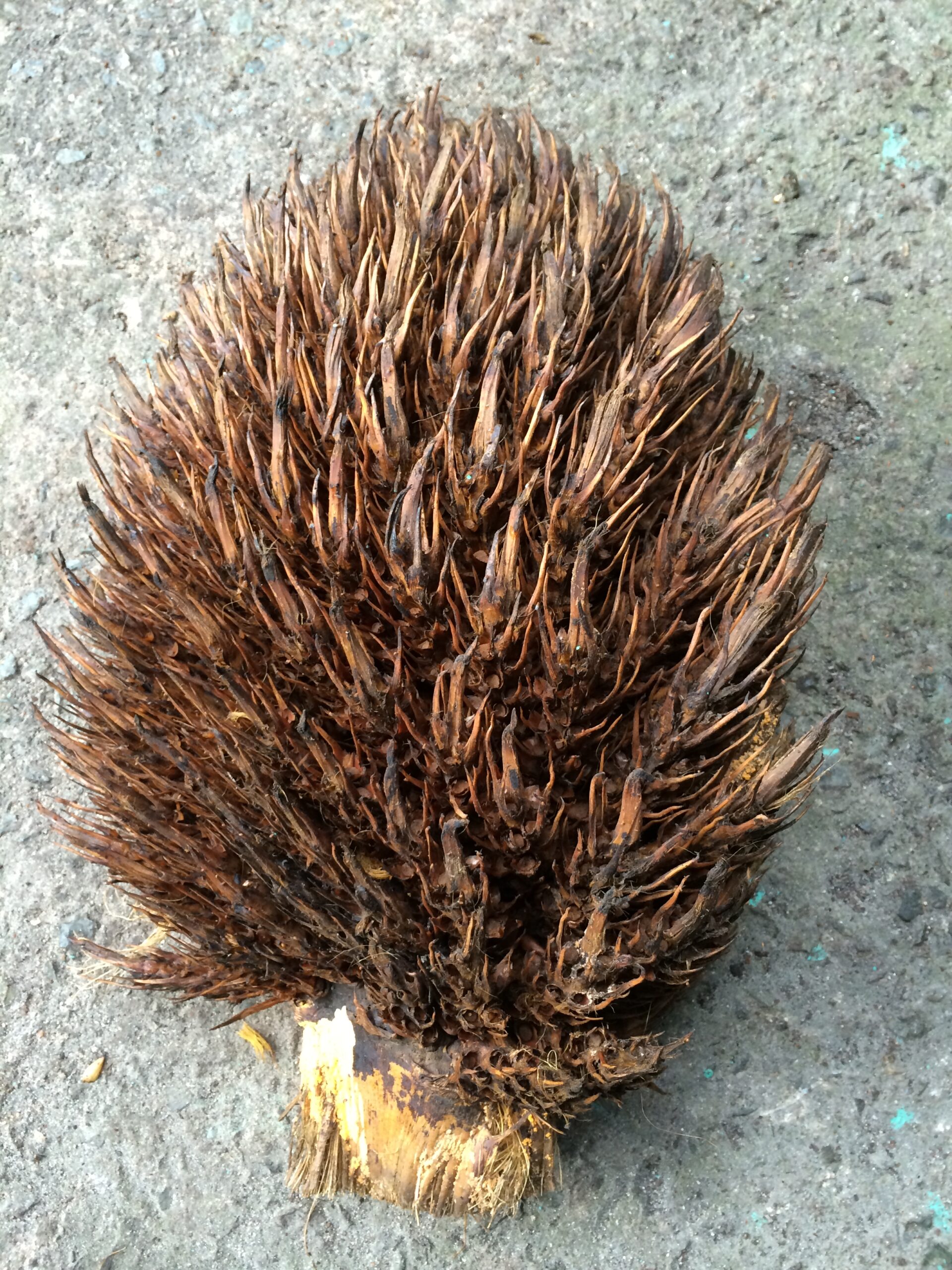BIERG offers open access to its Standard Operating Procedure (SOP) for simultaneous microscopy and elemental analysis. According to Ernesto Hernandez, the Principal Investigator, this technique is based on Scanning Electron Microscopy with Energy Dispersive X-ray Spectroscopy (SEM-EDX). The procedure provides a step-by-step approach to microscopy and elemental analysis using the Hitachi TM4000 Plus SEM and Oxford Instrument Aztec ED Spectrometer (EDS). Under the right conditions, the procedure works well on various types of samples and it covers the analysis of materials from living systems such as biomass.
The SOP details the process from sample preparation to final analysis. It includes guidance on the optimal size, shape, and preparation methods required to achieve accurate results. The user will be aware of the sources of interference as well as the importance of removing any moisture or contaminants.
In this technique, SEM focuses a beam of electrons to interact with atoms in the sample, producing signals providing information about its morphology. In a second stage, the EDS emits X-rays, colliding with the sample, producing a fingerprint based on the nature and concertation of each particular element in the sample. The SOP guides users through setting the appropriate parameters in the AztecOne software for accurate identification of elements.
This SOP is an extensive guide to SEM-EDX, offering a valuable resource for researchers across disciplines ranging from material science to biology to chemistry to engineering and more. The procedure ensures consistency, accuracy, and reliability in elemental analysis. This enhances the study of materials from living and non-living systems alike.
Get a copy: https://doi.org/10.5281/zenodo.13736742
How to cite:
Hernandez, J.E., Thomas, J.K. , Kheirandish, K., Wilson, C. and Ortega, H. (2024) Standard operating procedure for analysing of biomass through SEM-EDX. DOI: https://doi.org/10.5281/zenodo.13736742.

